Home>Gardening & Outdoor>Pool & Spa Care>How To Change A Hot Tub To Saltwater
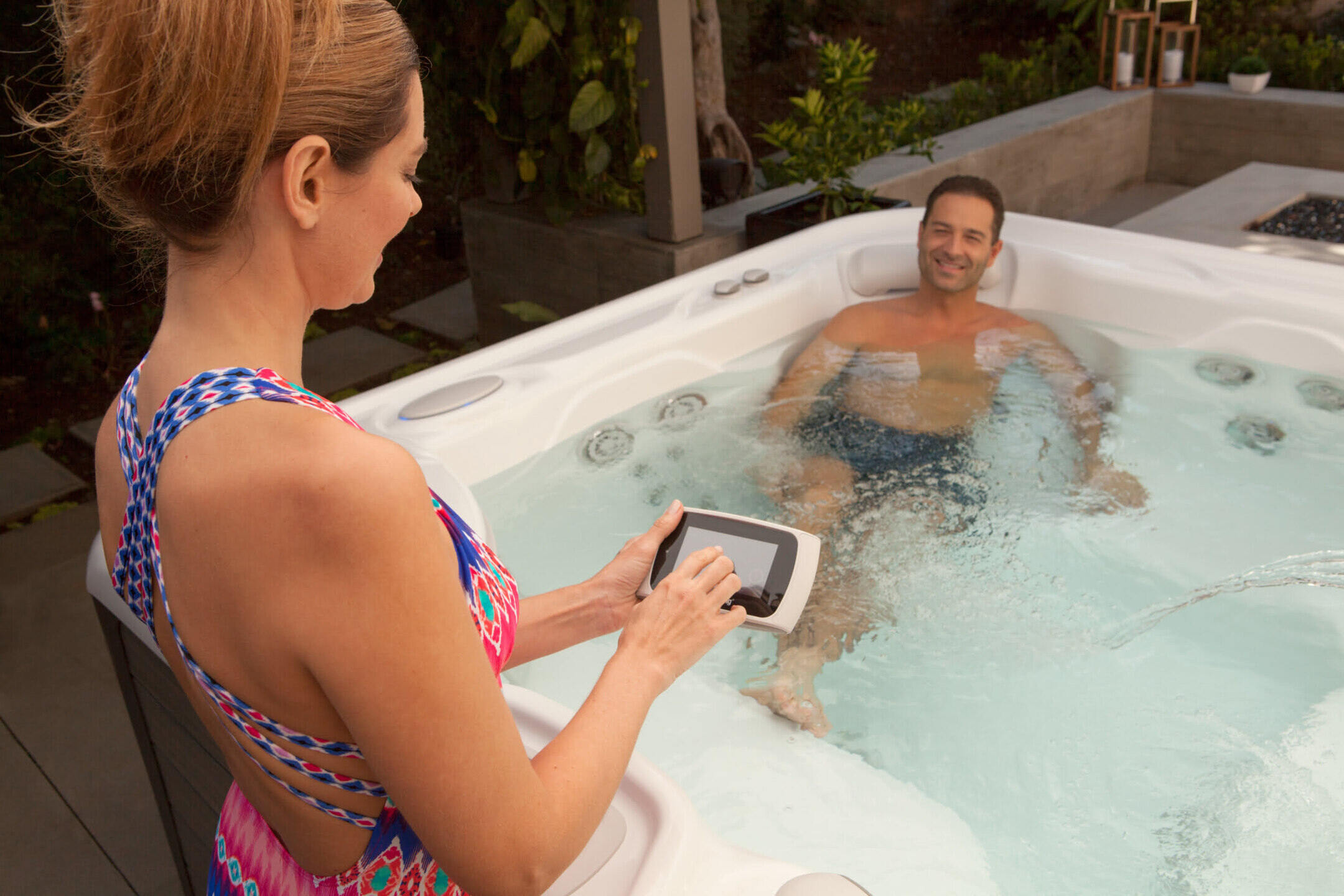

Pool & Spa Care
How To Change A Hot Tub To Saltwater
Modified: February 28, 2024
Learn how to convert your hot tub to saltwater for a low-maintenance and eco-friendly pool and spa care solution. Find step-by-step instructions and tips.
(Many of the links in this article redirect to a specific reviewed product. Your purchase of these products through affiliate links helps to generate commission for Storables.com, at no extra cost. Learn more)
Introduction
Read more: How Often Change Filter In Hot Tub
The Benefits of Converting to Saltwater
Converting a traditional hot tub to a saltwater system is a decision that many hot tub owners are considering due to the numerous benefits it offers. Saltwater hot tubs provide a more natural and gentle soaking experience, offering a range of therapeutic and wellness advantages. In this article, we will delve into the process of converting a hot tub to a saltwater system, exploring the benefits, steps involved, and maintenance requirements.
Let’s dive into the world of saltwater hot tubs and uncover the transformative benefits and the simple steps to make the switch. Whether you’re a seasoned hot tub enthusiast or a newcomer to the world of hydrotherapy, this guide will equip you with the knowledge to make an informed decision about converting your hot tub to a saltwater oasis.
Read more: How Often Change Filter In Hot Tub
The Benefits of Converting to Saltwater
Converting a hot tub to a saltwater system offers a myriad of benefits that cater to both the well-being of the users and the longevity of the hot tub itself. Here are some compelling reasons to consider making the switch:
- Skin and Eye Health: Saltwater hot tubs are renowned for their gentle and skin-friendly properties. The natural salinity of the water can help soothe skin irritations and reduce the redness and itchiness often associated with traditional hot tubs. Additionally, the reduced chemical content in saltwater can alleviate eye irritation, making the soaking experience more enjoyable and comfortable.
- Enhanced Relaxation: The buoyancy and silky feel of saltwater create a luxurious and relaxing environment. The absence of harsh chemical odors further contributes to a more serene and enjoyable soaking experience, allowing users to unwind and de-stress more effectively.
- Low Maintenance: Saltwater systems typically require less maintenance than traditional chlorine-based systems. The self-regulating nature of saltwater helps maintain water balance, reducing the need for frequent adjustments and chemical treatments. This not only saves time and effort but also minimizes the overall cost of maintaining the hot tub.
- Environmentally Friendly: Saltwater hot tubs are considered more environmentally sustainable than their traditional counterparts. With fewer harsh chemicals being introduced into the water, saltwater systems have a lower environmental impact, promoting a healthier ecosystem within and around the hot tub.
- Longer Equipment Lifespan: The milder nature of saltwater is gentler on hot tub components, potentially extending the lifespan of the equipment. This can result in fewer repairs and replacements, ultimately saving hot tub owners money in the long run.
These benefits collectively make a compelling case for converting a hot tub to a saltwater system. From promoting skin health to reducing maintenance demands, the advantages of saltwater hot tubs are both practical and indulgent, offering a holistic approach to hot tub ownership.
Steps to Convert a Hot Tub to Saltwater
Converting a hot tub to a saltwater system involves a series of straightforward yet crucial steps to ensure a seamless transition. Here’s a comprehensive guide to help you navigate the conversion process:
- Assess Compatibility: Before proceeding with the conversion, it’s essential to determine if your existing hot tub is compatible with a saltwater system. Check the manufacturer’s specifications and consult with a professional if necessary to ensure that the conversion is feasible for your specific hot tub model.
- Drain the Hot Tub: Begin the conversion process by draining the hot tub completely. This step is crucial for removing any residual chemicals and preparing the tub for the introduction of the saltwater system.
- Install the Saltwater Generator: The heart of a saltwater hot tub is the saltwater generator, which is responsible for converting salt into chlorine through a process called electrolysis. Follow the manufacturer’s instructions to install the generator, ensuring that it is integrated seamlessly with your hot tub’s existing filtration and circulation system.
- Add Salt: Once the generator is in place, add the appropriate amount of high-quality salt specifically designed for saltwater hot tubs. It’s crucial to use the correct type and quantity of salt to achieve the optimal salinity level, typically around 2,500-3,500 parts per million (ppm).
- Balance the Water: After adding the salt, allow the water to circulate for several hours to ensure thorough mixing. Test the water’s salinity and adjust as needed to achieve the desired level. Additionally, check and balance the pH and alkalinity levels to create a harmonious and comfortable soaking environment.
- Monitor and Adjust: Once the saltwater system is operational, regularly monitor the water chemistry and the performance of the saltwater generator. Make adjustments as necessary to maintain the ideal water balance and ensure that the system is functioning optimally.
By following these steps with precision and care, you can successfully convert your hot tub to a saltwater system, unlocking the numerous benefits and pleasures that saltwater soaking has to offer.
Before converting your hot tub to saltwater, make sure to thoroughly clean and drain the tub. Then, install a saltwater chlorinator system to regulate the salt levels and keep the water clean.
Maintenance and Care for a Saltwater Hot Tub
Maintaining a saltwater hot tub involves a distinct set of considerations compared to traditional chlorine-based systems. While saltwater hot tubs generally require less day-to-day maintenance, it’s essential to implement specific care practices to ensure the longevity and optimal performance of the system. Here’s a comprehensive overview of the maintenance and care requirements for a saltwater hot tub:
- Regular Water Testing: Monitor the salinity, pH, and alkalinity levels of the water regularly using reliable testing kits. Maintaining the appropriate chemical balance is crucial for the effectiveness of the saltwater system and the comfort of the users.
- Cleaning the Salt Cell: The saltwater generator’s cell, responsible for electrolyzing salt into chlorine, requires periodic cleaning to remove any built-up scale or debris. Follow the manufacturer’s instructions for cleaning and maintenance to ensure the continued efficiency of the generator.
- Inspect and Maintain Equipment: Regularly inspect the hot tub’s filtration system, pump, and other components to ensure proper functionality. Clean or replace filters as needed, and address any issues promptly to prevent potential damage or performance disruptions.
- Shock Treatment: Despite the self-regulating nature of saltwater, occasional shock treatments may be necessary to address organic contaminants and maintain water clarity. Use a non-chlorine shock specifically formulated for saltwater systems to effectively oxidize impurities without upsetting the water balance.
- Surface Cleaning: Wipe down the hot tub’s surfaces regularly to prevent the buildup of residue and maintain a clean and inviting environment. Pay attention to the waterline, cover, and any visible areas where contaminants may accumulate.
- Winterization: If you live in a region with cold winters, take appropriate measures to winterize your saltwater hot tub to protect it from freezing temperatures. Follow the manufacturer’s guidelines for winterization procedures to safeguard the system during the off-season.
By adhering to these maintenance practices and staying proactive in caring for your saltwater hot tub, you can ensure that it continues to provide a luxurious and rejuvenating soaking experience for years to come.
Conclusion
Converting a hot tub to a saltwater system presents a wealth of benefits, ranging from enhanced skin health and relaxation to reduced maintenance demands and environmental sustainability. The process of transitioning to a saltwater hot tub is relatively straightforward, and the long-term advantages make it a compelling option for hot tub owners seeking a more natural and enjoyable soaking experience.
By following the outlined steps for conversion and embracing the specific maintenance requirements of a saltwater system, hot tub enthusiasts can elevate their hydrotherapy experience while minimizing the time and effort spent on upkeep. The gentle, skin-friendly nature of saltwater, coupled with the serene and inviting environment it creates, makes it a desirable choice for individuals seeking a holistic approach to hot tub ownership.
Whether you’re a seasoned hot tub aficionado or a newcomer to the world of hydrotherapy, the transition to a saltwater hot tub holds the promise of revitalized wellness and indulgent relaxation. Embrace the transformative benefits of saltwater soaking and embark on a journey toward a more natural, sustainable, and rejuvenating hot tub experience.
Frequently Asked Questions about How To Change A Hot Tub To Saltwater
Was this page helpful?
At Storables.com, we guarantee accurate and reliable information. Our content, validated by Expert Board Contributors, is crafted following stringent Editorial Policies. We're committed to providing you with well-researched, expert-backed insights for all your informational needs.
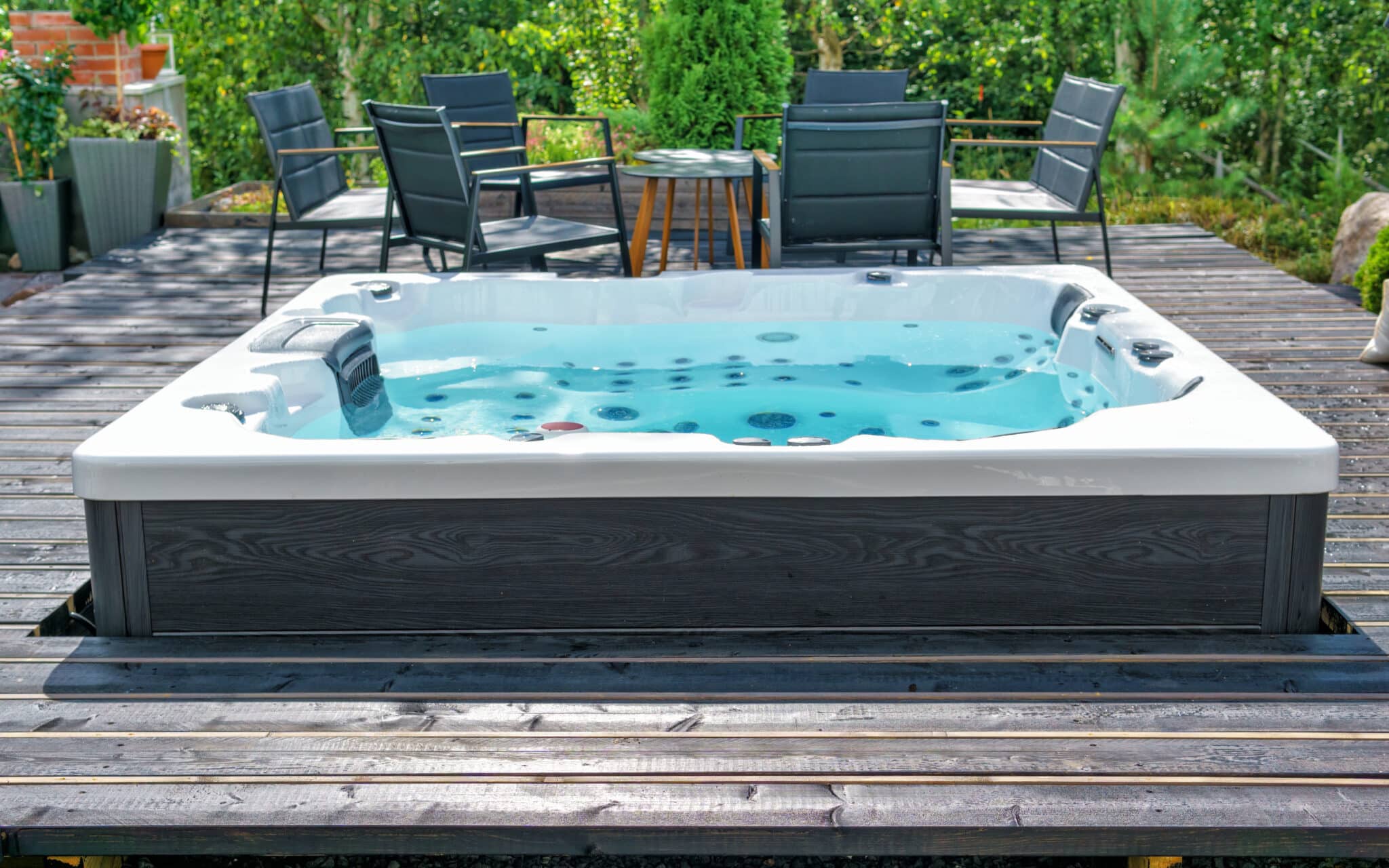
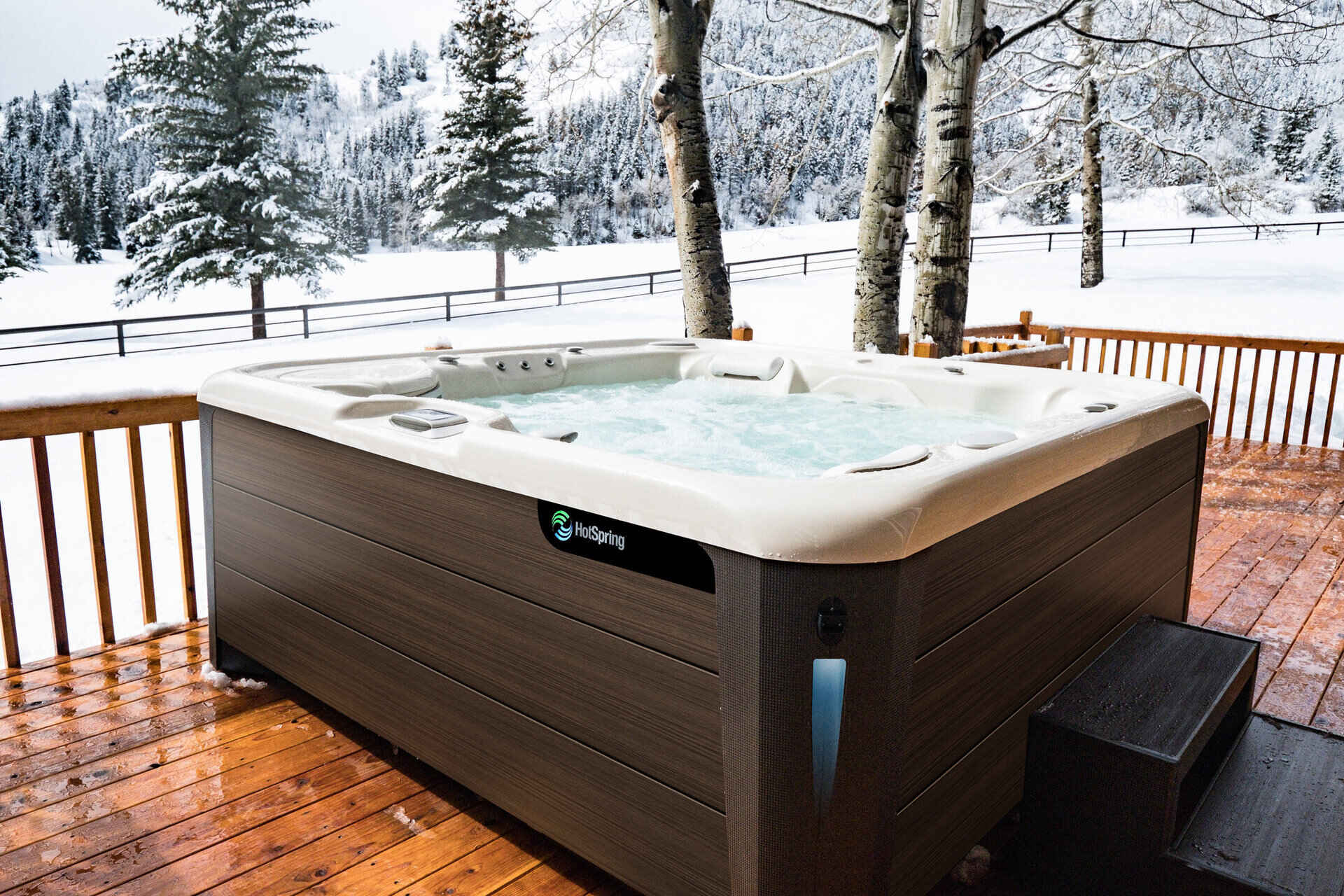

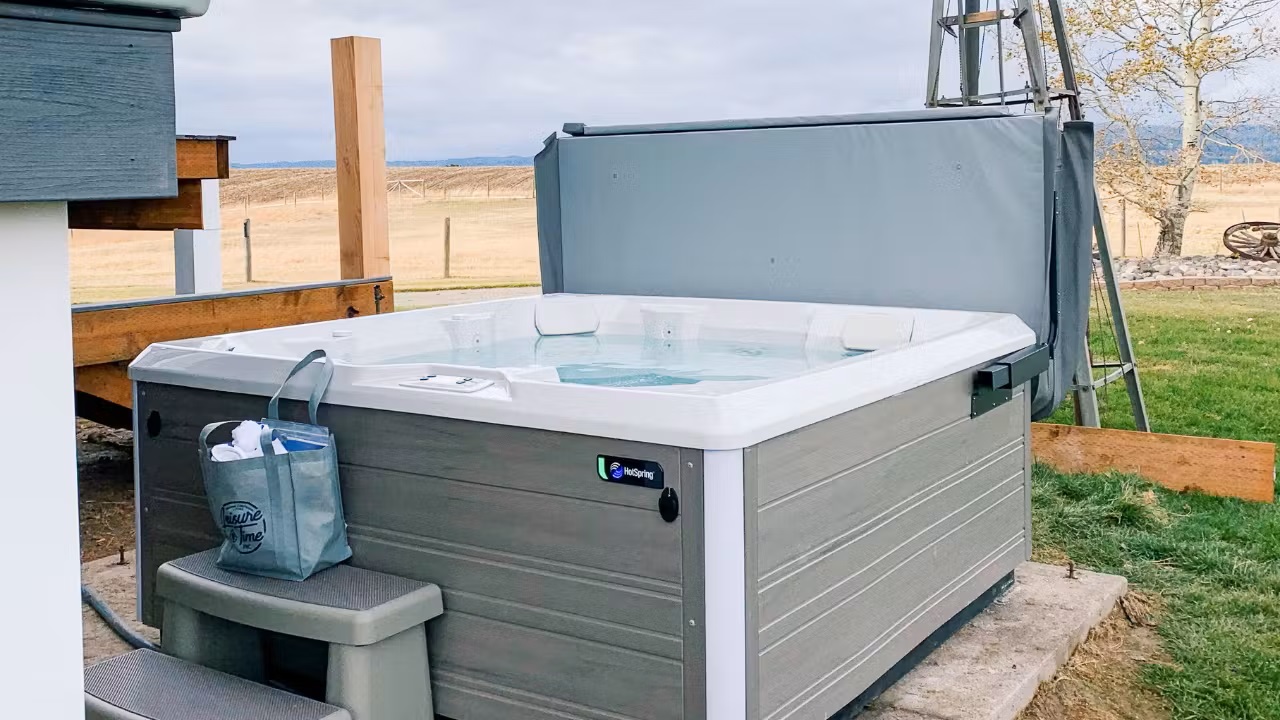
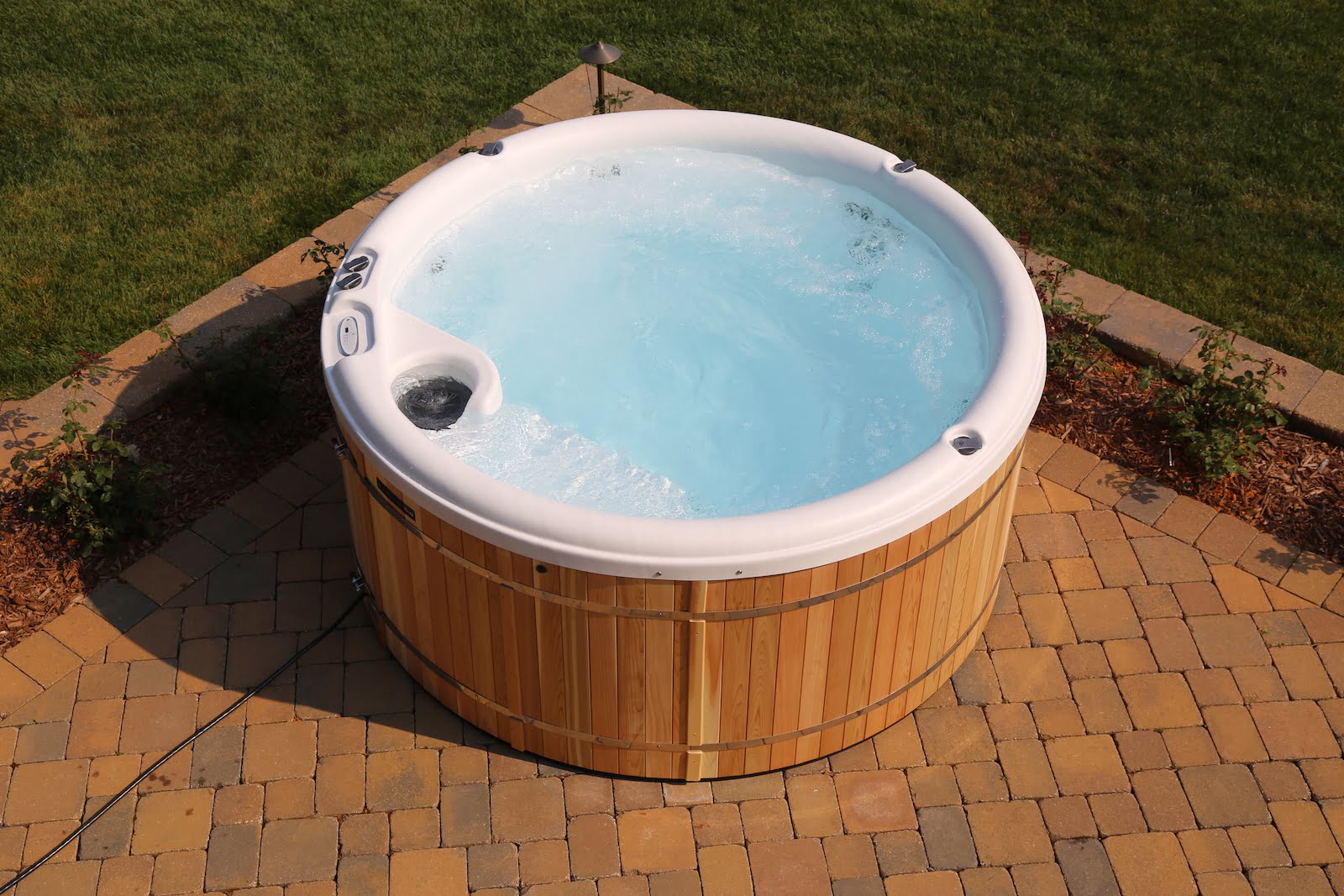
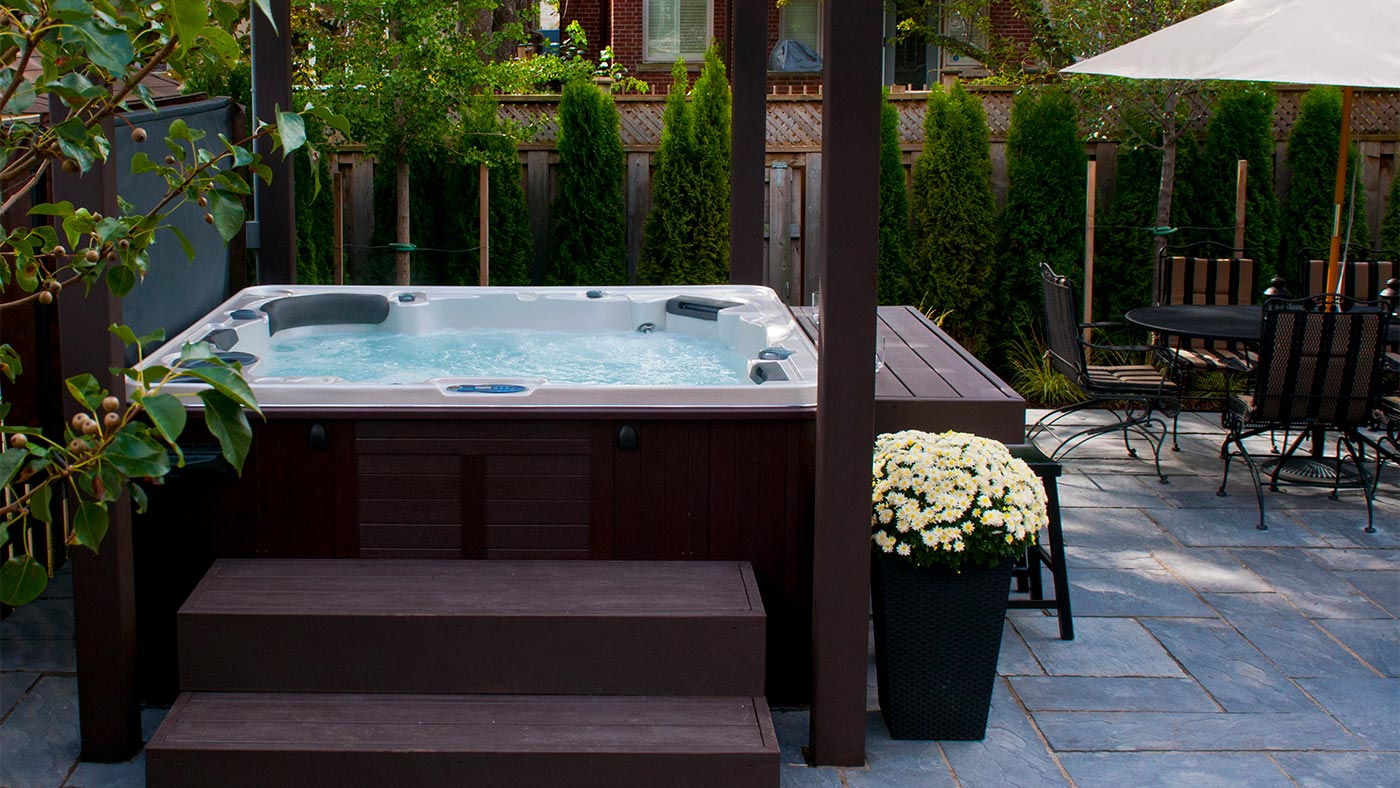
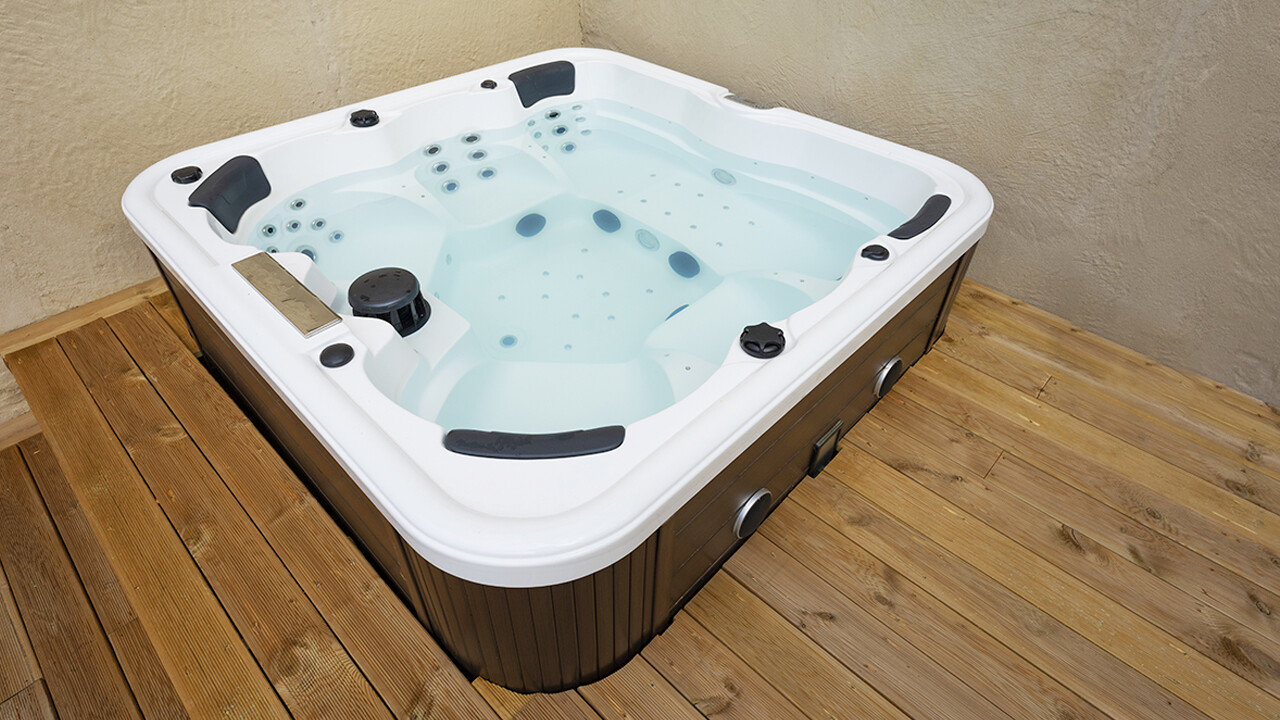
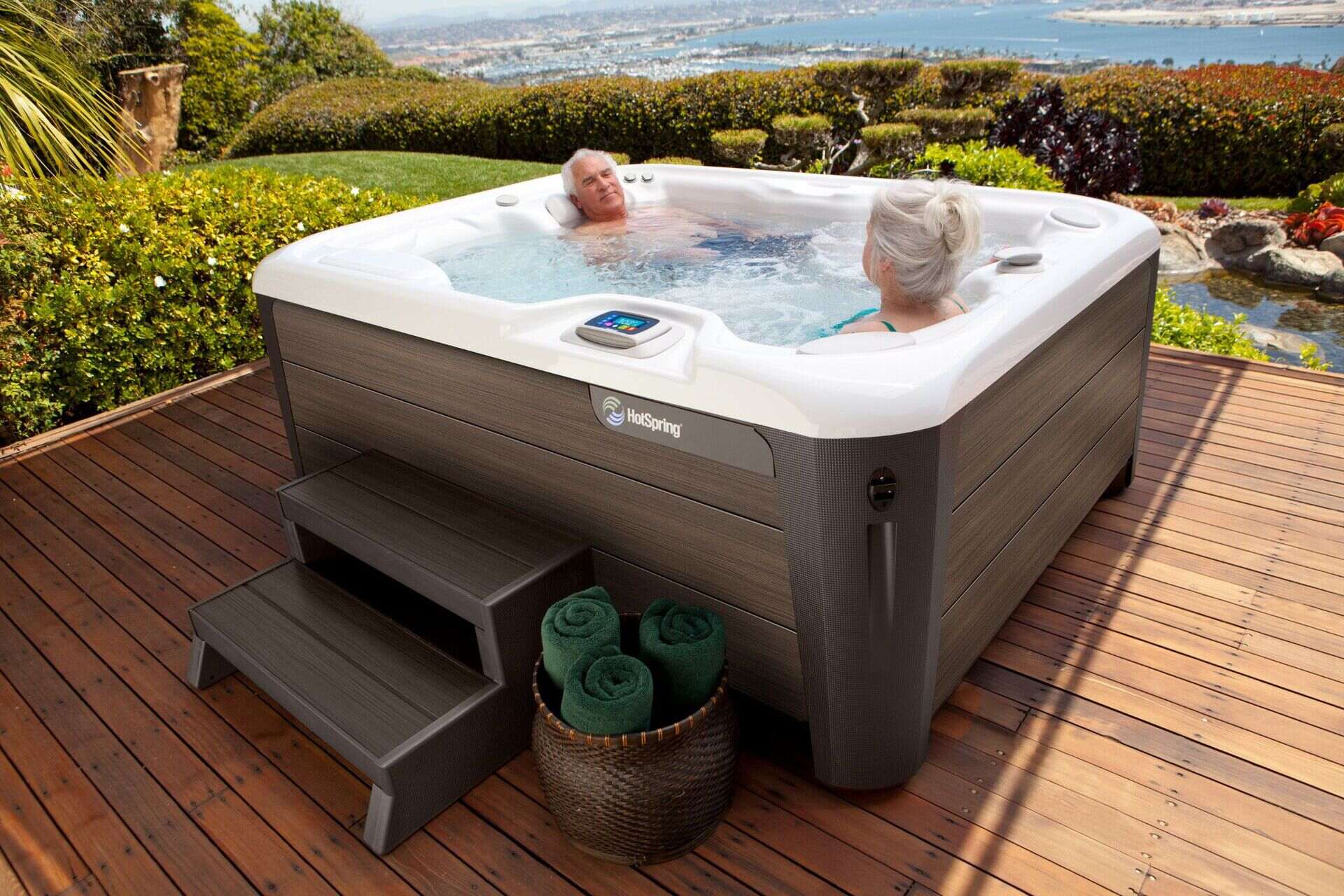
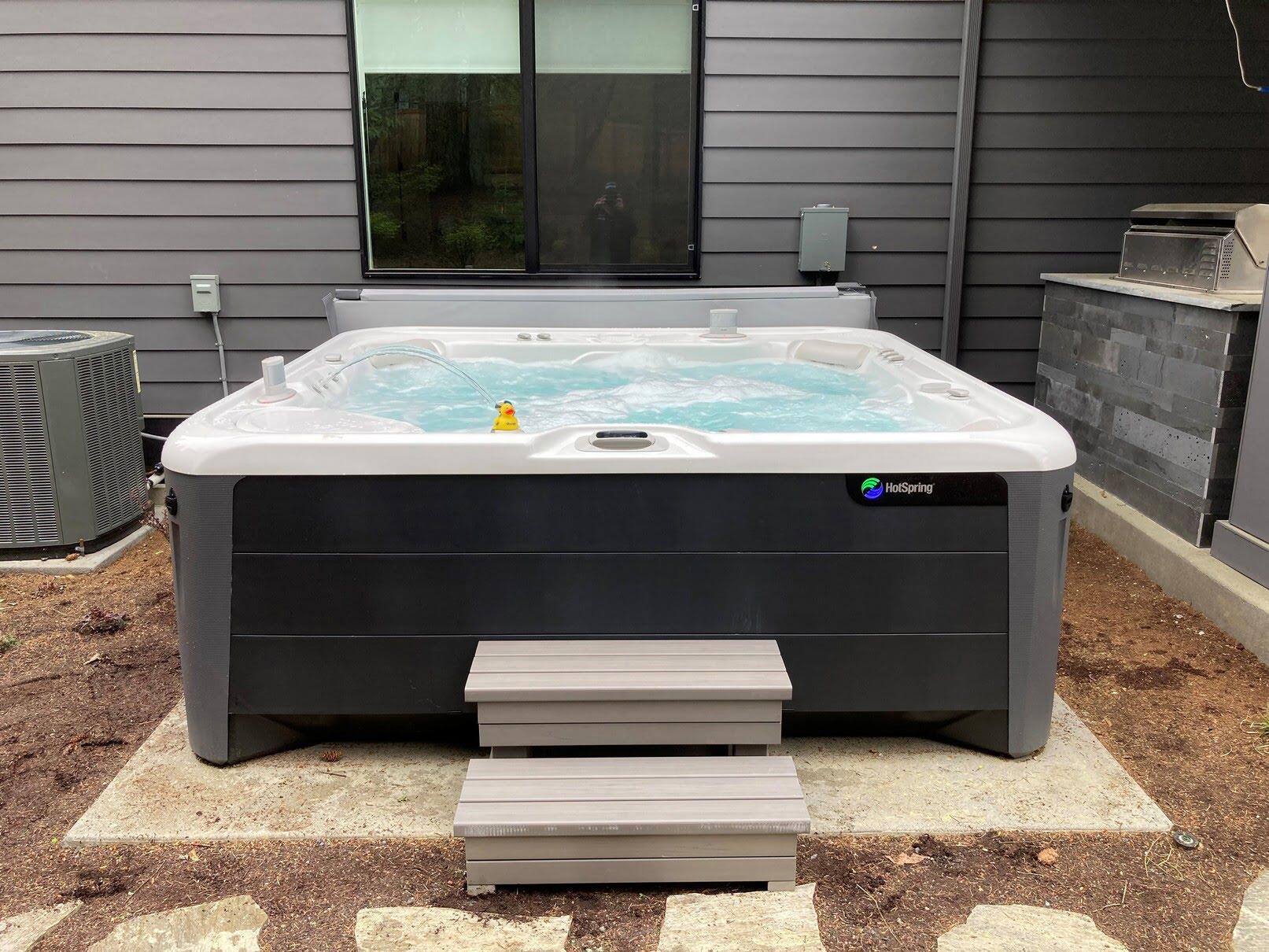
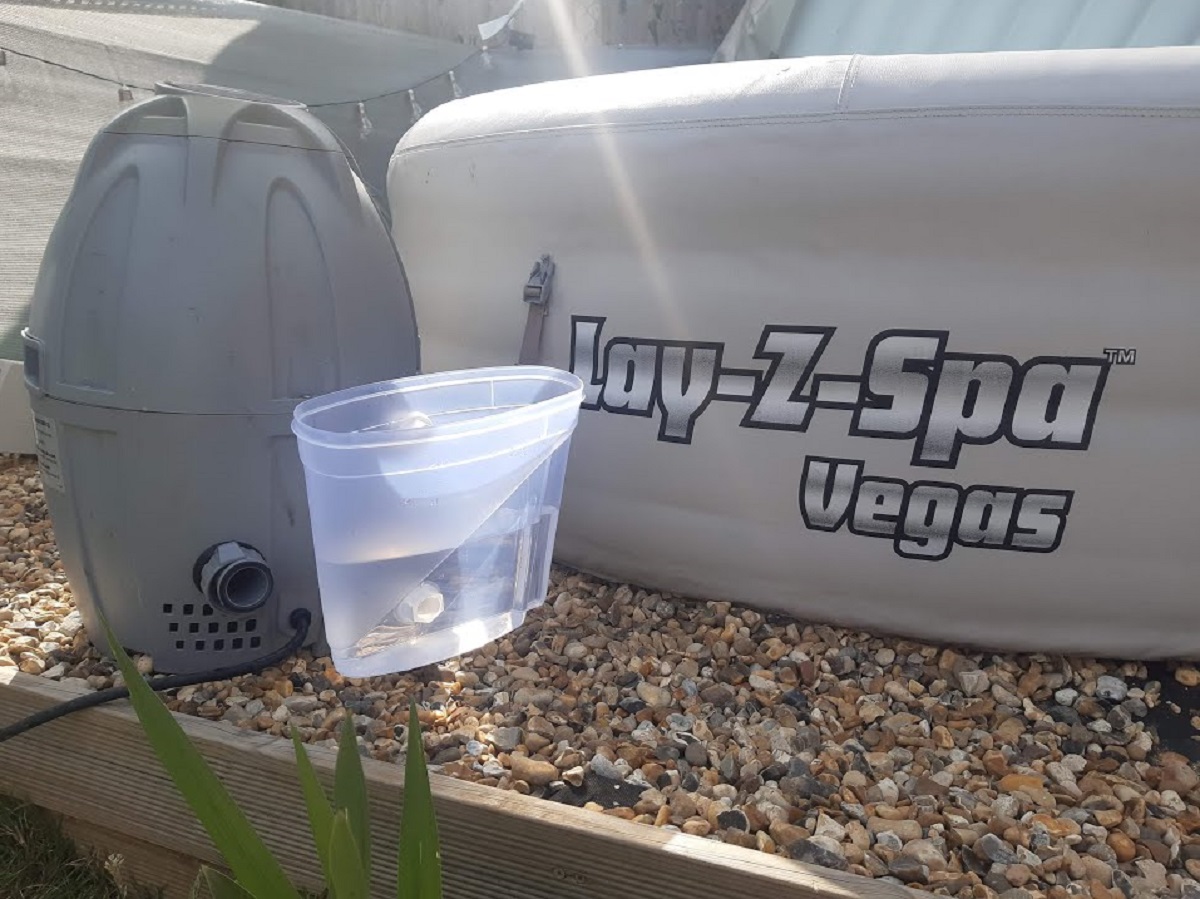

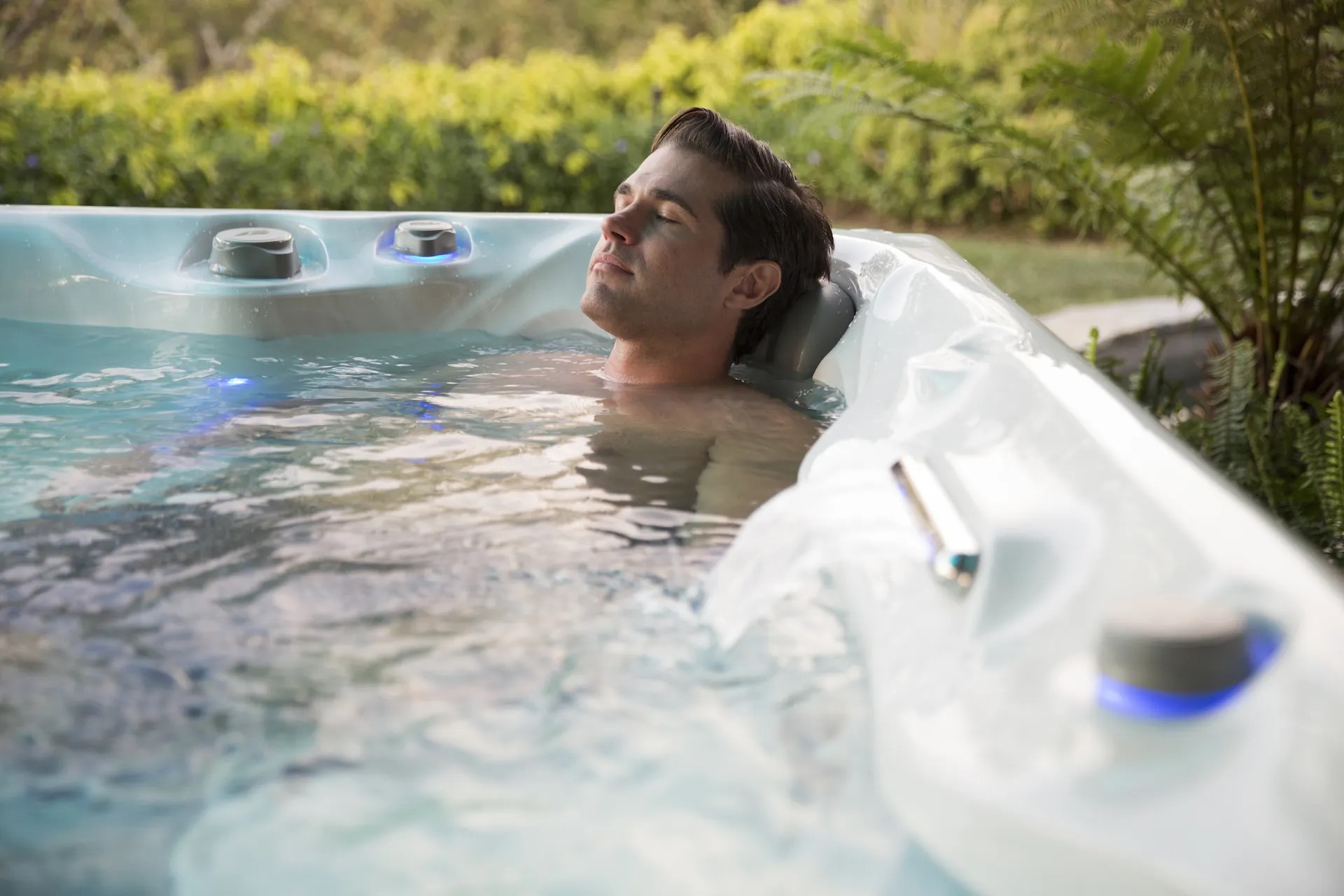
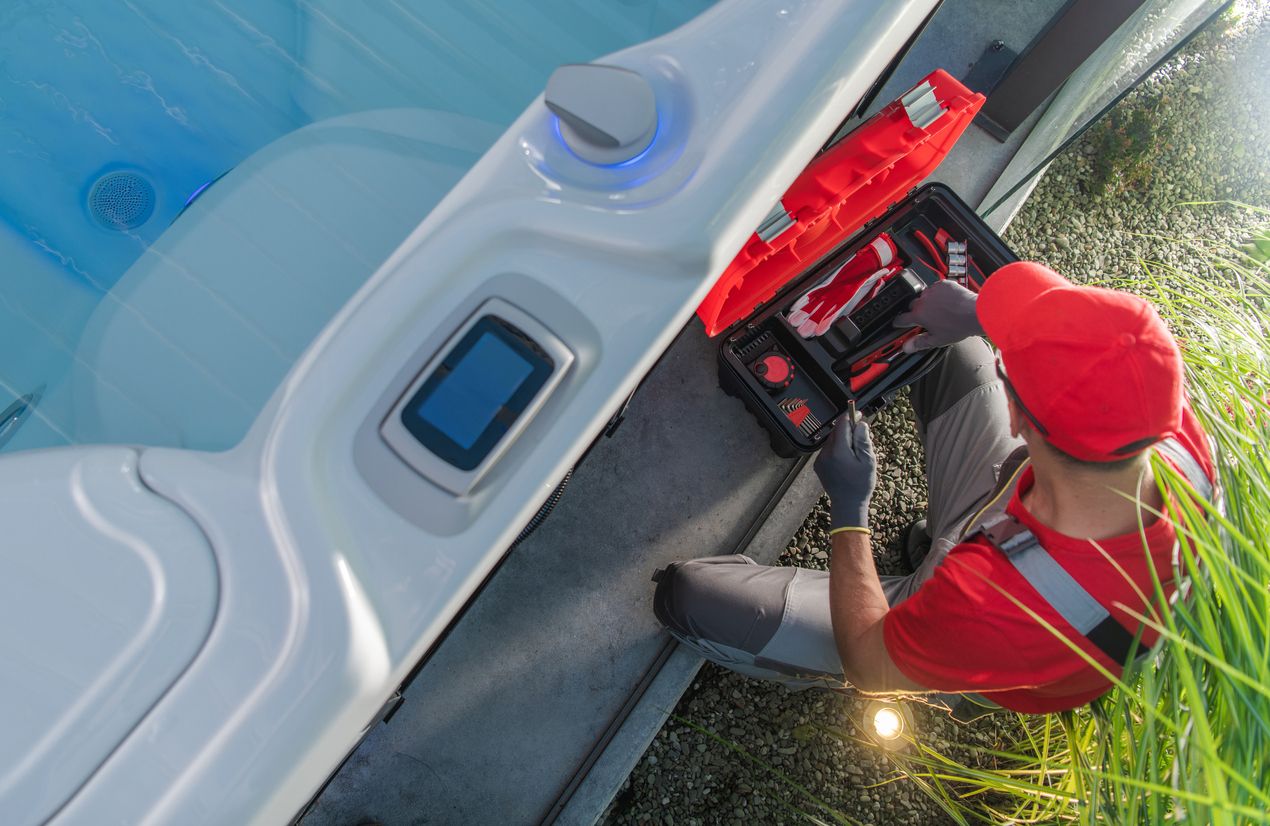
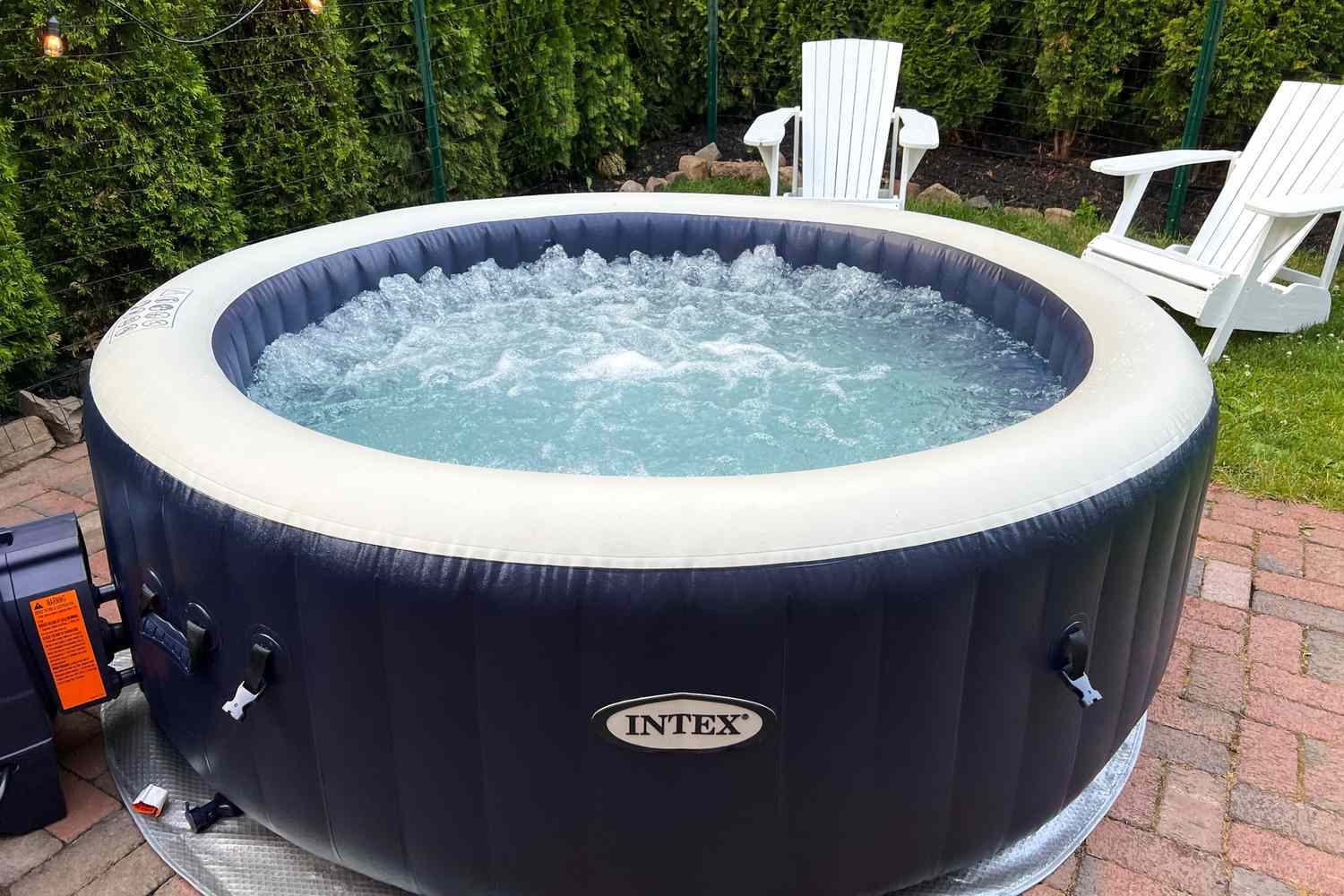

0 thoughts on “How To Change A Hot Tub To Saltwater”